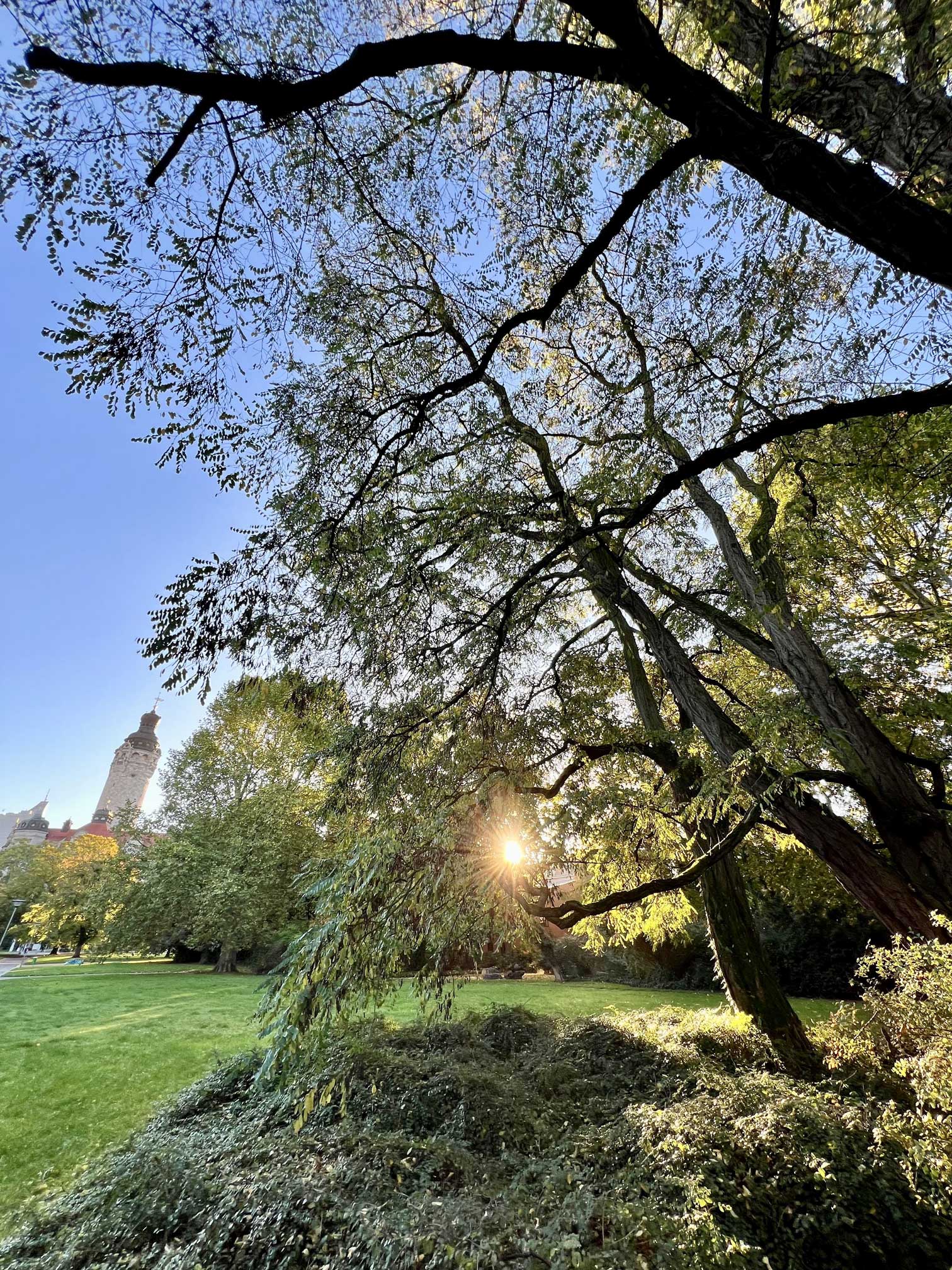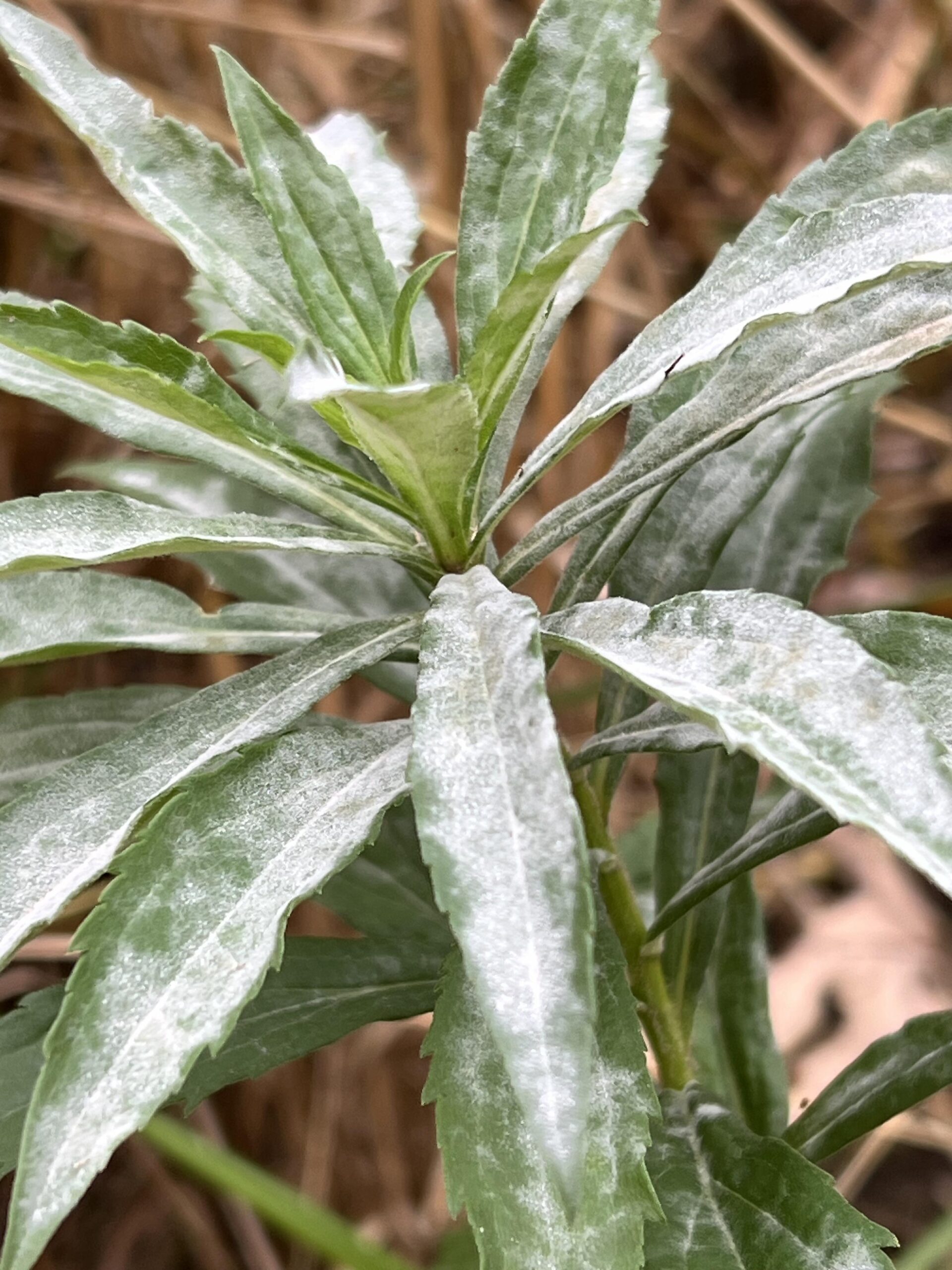Based on a media release of Leipzig University
Over time, non-native plant species increasingly integrate into native food webs. Their region of origin or relatedness to native plants plays only a minor role. Far more decisive is how widely they have spread and how long they have been growing in Europe. The longer they have been established and the wider their distribution range, the more they are used by microherbivores such as leaf miners, gall midges and aphids – leading to similarly diverse interactions as with native plants. These are the findings of researchers from Leipzig University and the German Centre for Integrative Biodiversity Research (iDiv), led by Dr Ingmar Staude. They have just published their study in the journal Ecology Letters.
For a long time, scientists assumed that newly established plants in Europe served less often as food or hosts for native animals and fungi, since they share no common evolutionary history with local fauna and could therefore spread particularly aggressively. According to Staude, the study confirms this initial phase. However, the study also showed that this changes over time: after a few centuries, many of these plants are increasingly used by plant parasites. Unlike pollinators, plant parasites are usually highly specialised in native plants – which makes the findings all the more surprising, according to Staude. “We also observe in this context that the plant parasites interacting with non-native plant species tend, on average, to be more generalist and to exploit a broader range of host plants than those interacting with native species,” Staude explains. This means, on the one hand, that nature can adapt to new plants better and faster than previously assumed – but on the other hand, that native plant species are essential for maintaining the high diversity of highly specialised microherbivores.
“Our study is based on a data synthesis in which we combined various sources of information. We had access to a pan-European database documenting over 127,000 interactions between 12,000 plant species and 26,000 microherbivore species. We supplemented this data with additional information about the plants, including their distribution in Europe, time of introduction, geographical origin and relatedness to native species,” says Lara Schulte, who conducted the study together with Miriam Wahl as part of their bachelor’s theses at Leipzig University. “Using statistical models, we were able to investigate which of these factors determine how strongly non-native plants integrate into ecological networks,” adds Wahl.
The findings will make it easier to assess how new plant species become embedded in existing ecosystems. The study shows that ecological networks can adapt over time to changing floras – an important insight for understanding species migration, particularly as climate change progresses. “This knowledge can help to assess the risks posed by non-native species in a more nuanced way. In this way, the study will contribute to adapting conservation and management strategies to a changing species composition,” says Staude.
In their research, the scientists examined how many different animals come into contact with non-native plants. They did not investigate which specific types of microherbivores are involved, how severely they damage the plants, or what implications this may have for native species. These questions could help to improve understanding in future of how non-native plants integrate into existing ecosystems.
Original publication
(Researchers with iDiv affiliation bolded)
Schulte, Lara, Wahl, Miriam, Staude, Ingmar (2025): Non-native plants attain native levels of microherbivory richness with time and range expansion”, Ecology Letters, DOI: 10.1111/ele.70247
The black locust (Robinia pseudoacacia) was introduced to Europe more than 300 years ago. For example, it was already recorded in around 1710 in what is now the Czech Republic. Today, the black locust serves as a host for more than 100 species of microherbivores
The Canadian goldenrod (Solidago canadensis), which is not native to Europe, infested by the widespread and native phytoparasitic fungus Podosphaera erigerontis-canadensis, which belongs to the powdery mildew family and has a broad host range
Please note: Use of the pictures provided by iDiv is permitted for reports related to this media release only, and under the condition that credit is given to the picture originator.

